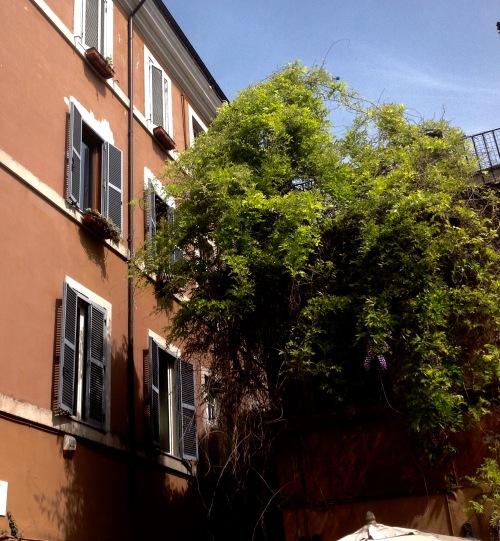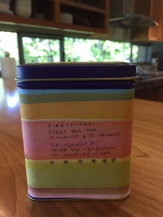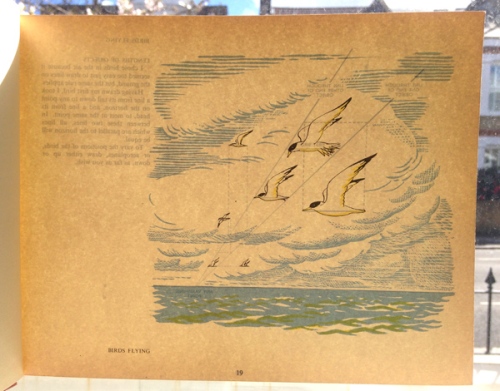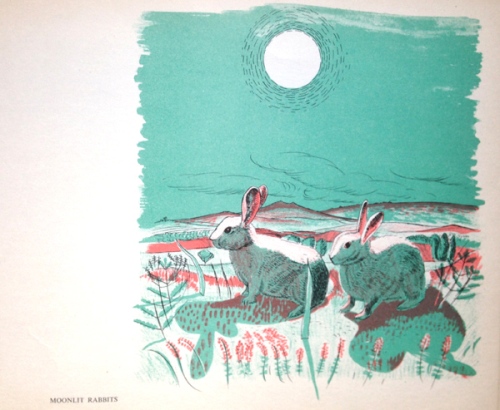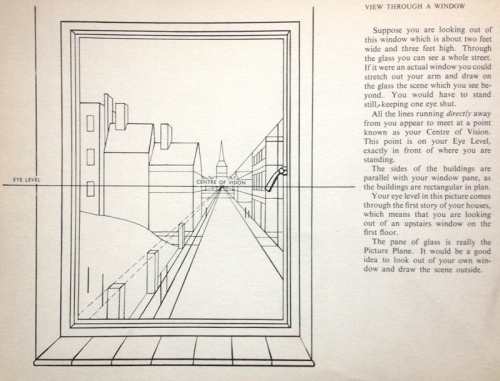As some of you know, I collect images of books in art. I now have many hundreds of images I can peruse. And it’s fun to see the themes and motifs that show up over and over with books like birds, clouds, the moon, butterflies, oh, and Cats. Hundreds of cats, thousands of cats, millions and billions and trillions of cats.
Cats and books just go together like tea and hearths, rain and solitude.
Sometimes the cats are a subtle presence, barely there:
Sometimes it’s all about the cat:
Sometimes they’re just part of the ambience:
But often, it’s the human, cat and reading experience all entwined:
Probably the most famous cats in literature are T.S. Eliot’s cats from Old Possum’s Book of Practical Cats. I particularly like his “Naming of Cats.”
The Naming of Cats is a difficult matter,
It isn’t just one of your holiday games;
You may think at first I’m as mad as a hatter
When I tell you, a cat must have THREE DIFFERENT NAMES.
First of all, there’s the name that the family use daily,
Such as Peter, Augustus, Alonzo or James,
Such as Victor or Jonathan, George or Bill Bailey—
All of them sensible everyday names.
There are fancier names if you think they sound sweeter,
Some for the gentlemen, some for the dames:
Such as Plato, Admetus, Electra, Demeter—
But all of them sensible everyday names.
But I tell you, a cat needs a name that’s particular,
A name that’s peculiar, and more dignified,
Else how can he keep up his tail perpendicular,
Or spread out his whiskers, or cherish his pride?
Of names of this kind, I can give you a quorum,
Such as Munkustrap, Quaxo, or Coricopat,
Such as Bombalurina, or else Jellylorum-
Names that never belong to more than one cat.
But above and beyond there’s still one name left over,
And that is the name that you never will guess;
The name that no human research can discover—
But THE CAT HIMSELF KNOWS, and will never confess.
When you notice a cat in profound meditation,
The reason, I tell you, is always the same:
His mind is engaged in a rapt contemplation
Of the thought, of the thought, of the thought of his name:
His ineffable effable
Effanineffable
Deep and inscrutable singular Name.






























